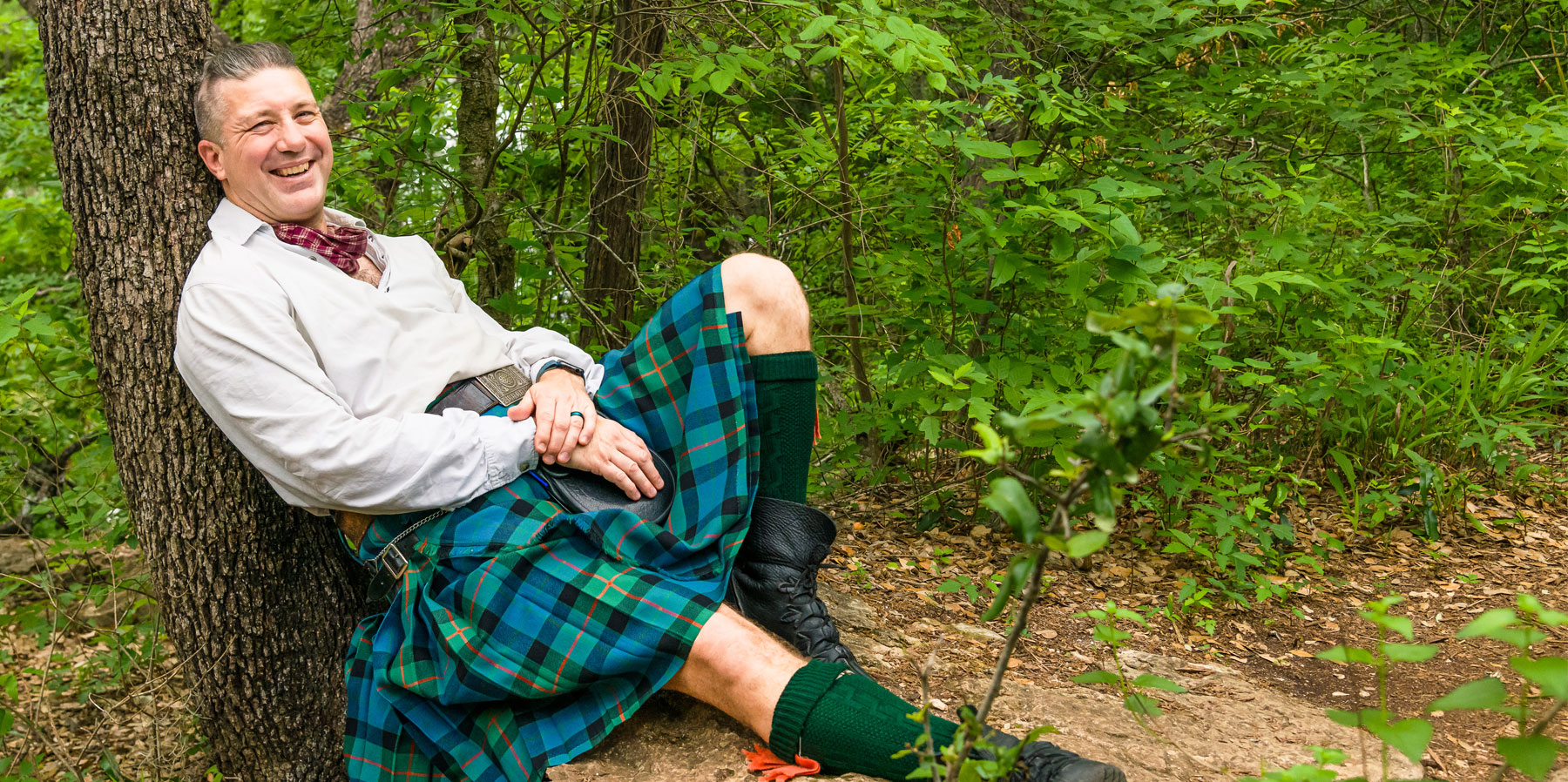St Andrew's Day
Saint Andrew was one of the original disciples of Jesus, the brother of Simon Peter and said to have been a fisherman by trade. According to the Gospel of John he was originally a follower of St.John the Baptist until he was called to follow Jesus. After the crucifixion, Andrew traveled widely in Greece and Asia Minor, preaching as he went and making converts to the new Christian religion, and as a result became a patron saint of Romania and Russia
Eventually he fell afoul of the Roman authorities who were trying to stamp out the new religion, which refused to worship the Emperor as a god. Early texts describe Andrew as having been bound, not nailed, to a Latin cross of the kind on which Christ was crucified. But, a tradition grew up that Andrew deemed himself unworthy to be crucified on the same type of cross on which Christ was crucified.and requested to be crucified on a cross of the form called Crux decussata (X-shaped cross) and now commonly known as “Saint Andrew's Cross”.
His story goes on that bout 300 years after his death the Emperor Constantine decided to remove the Saint's bones to Constantinople, but according to legend the monk St. Regulus was warned in a dream by an angel, who told him to remove as many relics as he could to the “ends of the earth” to keep them safe. As far as the Greeks and Romans were concerned, Scotland was as near to the world's end as you could get, so some of Andrew's remains were taken to Scotland. St. Regulus brought the relics ashore at what is now St Andrews (some versions say he was shipwrecked there) and a chapel was built to house the bones, followed in 1160 by a cathedral. St Andrews eventually became the religious capital of Scotland and an important place of pilgrimage.
Some scholars suggest that it is more likely that the Saint's bones came to to Scotland because Acca, Bishop of Hexham, who was a renowned collector of religious relics, actually bought the bones quite legitimately and took them there in 733 AD. Unfortunately the his relics have now disappeared, probably destroyed during the Reformation when anything connected with “Catholic idolatry” was removed without trace. The site where the relics had been is now marked by a plaque in the ruins of the Cathedral in St Andrews.
One legend says that in 832 AD an army of Scots led by King Angus was facing an army from the kingdom of Northumbria under Athelstan. The Scottish king prayed to St Andrew for help, and the saltire, or Cross of St Andrew appeared against the background of a clear blue sky. This rallied the Scots and the battle was won, and the saltire is now the national flag (reputedly the oldest national flag in Europe.) The cross St. Andrew was adopted as the national flag of Scotland, and later incorporated into the Union Flag of Great Britain.
November 30th is St. Andrew's Day and during the reign of James IV it was celebrated by a dinner. According to Robert Chambers in the “Domestic Annals of Scotland” there was an attempt to revive it during the 17th century:
“There was also a kind of volunteer effort in certain classes to set up an observance of the day consecrated to the national saint, November 30th, 1662, a Sunday. Many of our nobles, barons, gentry and others of the Kingdom put on ane livery or favour of revenue thereof. This being a novelty I thought it good to record it, because it was never of use herto fore since the Reformation.”
In other traditions country folk are said to have set traps for rabbits and squirrels and set off “going Sanct Andra-ing” when they went to collect their catch to bring home for St. Andrew's Day feasting and drinking.
But much like Ireland's St. Patrick's Day it tends to be celebrated more by people of Scottish heritage around the world than it is in Scotland. St Andrew's Society in many parts of the world hold dinners on November 30th to celebrate their heritage. So raise a shot of Scotch (or cup of tea) the end of this month to Scotland and “St. Andy”.
———————–
If you enjoy our newsletter, please support it by visiting out our online stores, or seek us out at the events listed on our websites.
The Celtic Croft
http://www.kilts-n-stuff.com/
&
MacGregor Historic Games
http://historicgames.com
Find some great Scottish music from the Brobdingnagian Bards' CD Real Men Wear Kilts!

